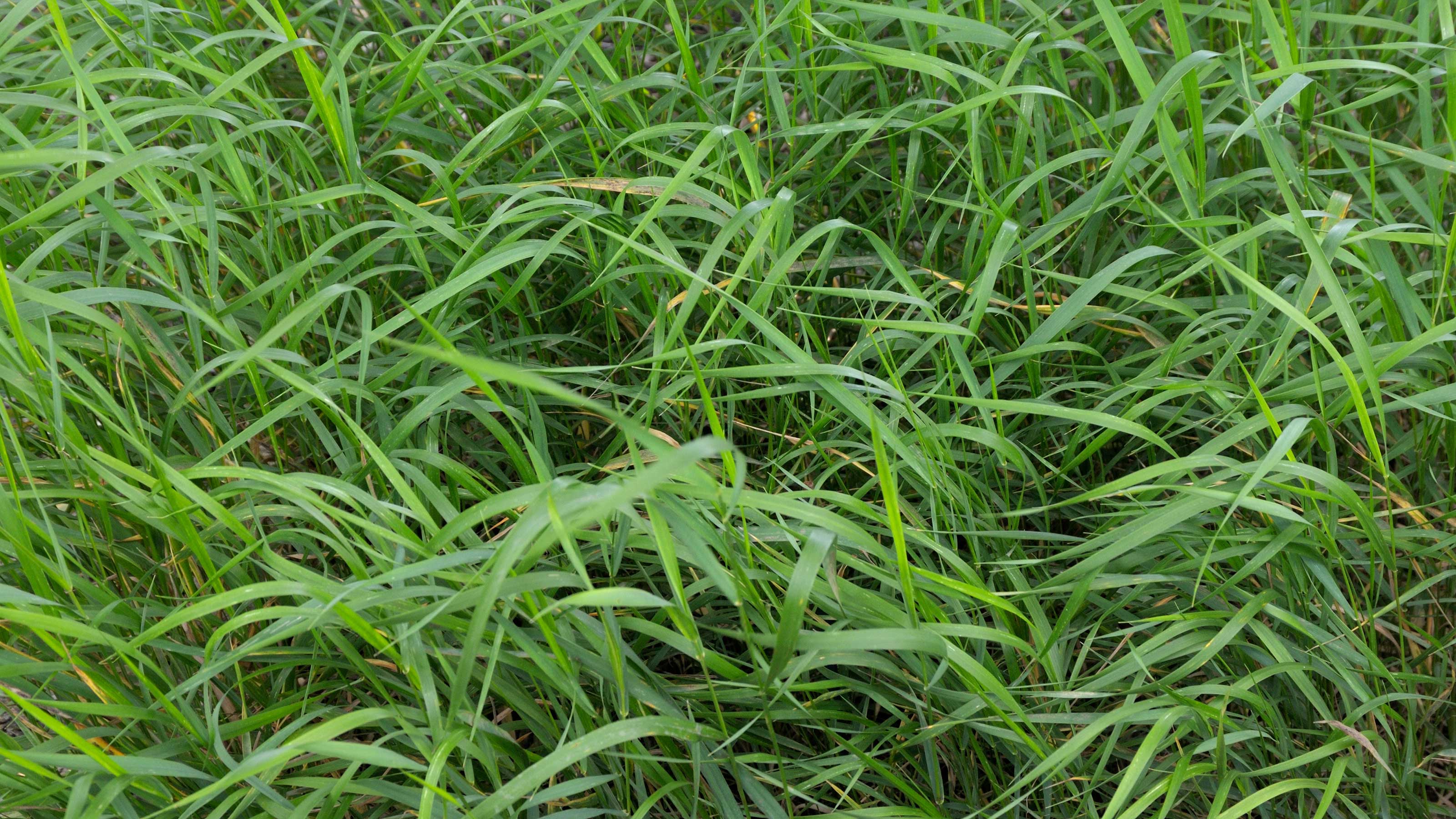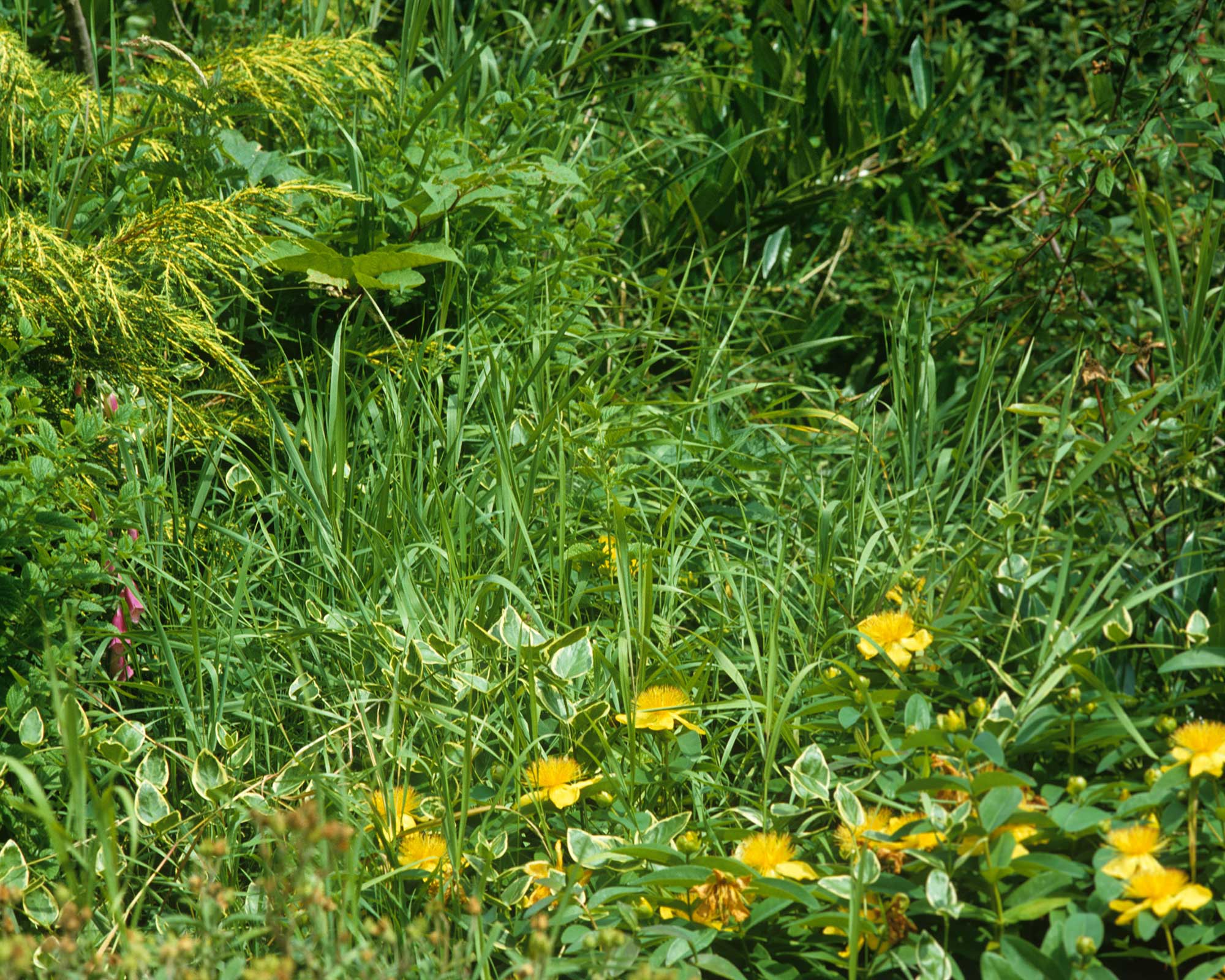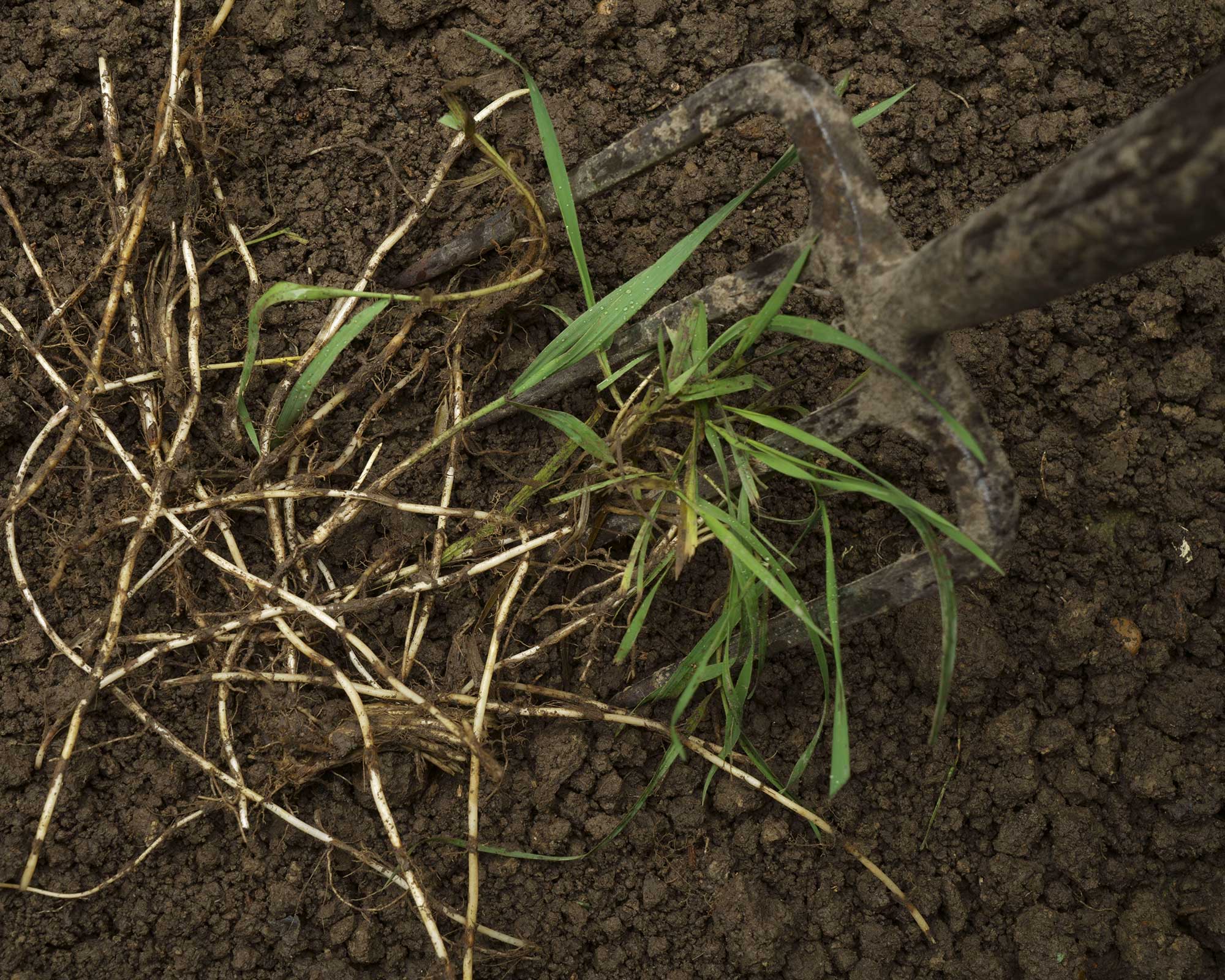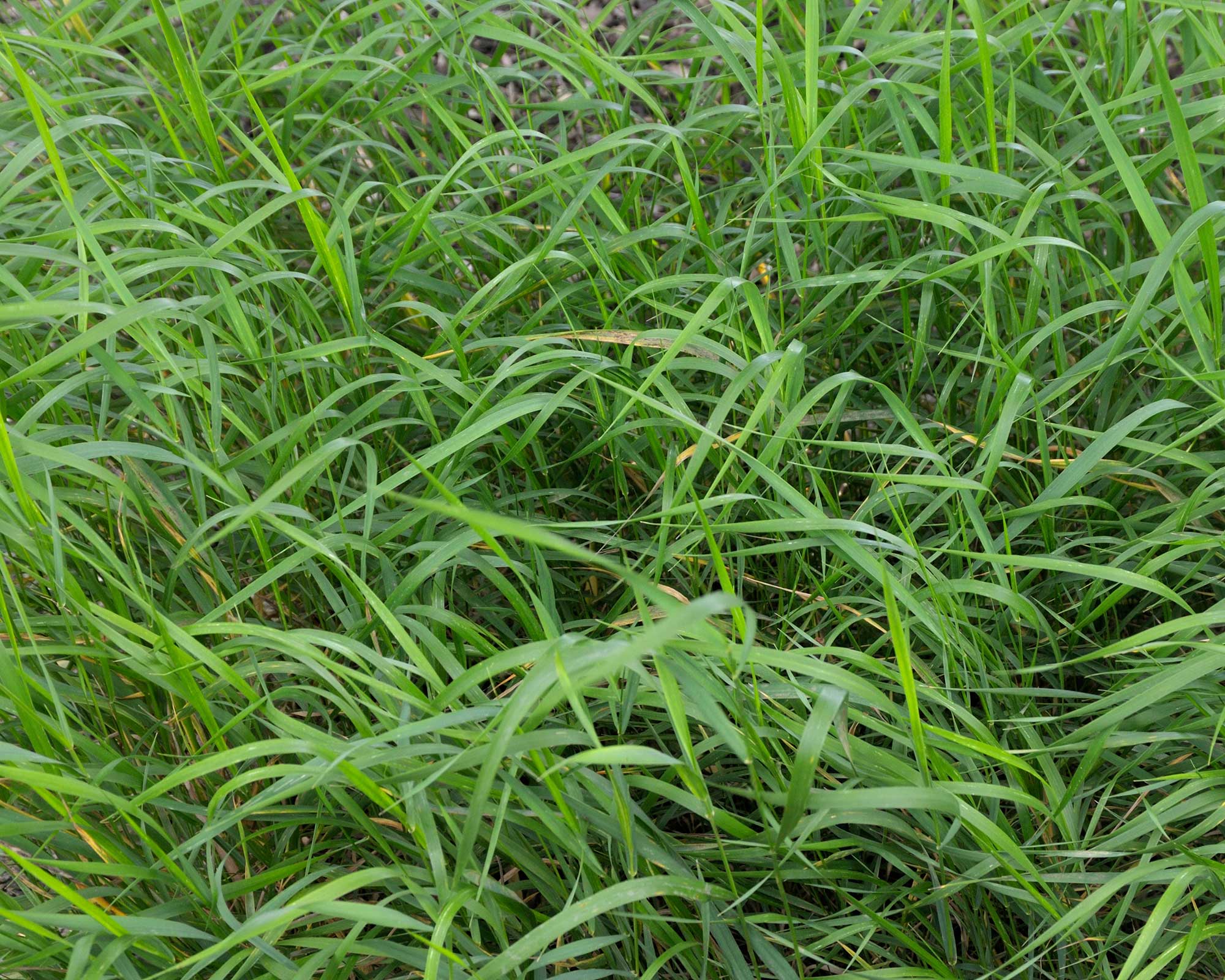Quack grass: what it is and how to remove it from your garden
Quack grass, also known as couch grass, can be a real pain for gardeners – our tips will help you tackle it


Quack grass (Elymus repens) is one of those pesky weeds that can seem near impossible to eliminate. Also called couch grass, or sometimes twitch grass, it's notoriously invasive and will sprout wherever it gets a chance, from flower beds and lawns to paths and driveways.
It's a very common garden intruder across Europe, Asia, the Arctic biome, and northwest Africa. So, if you live in one of these regions and are on a mission to get rid of weeds in your plot, tackling quack grass is likely to be on your list. We're here to help with our expert advice.
How to identify quack grass
Quack grass looks similar to robust varieties of lawn grass. It has flat, upright, green, slightly hairy leaves with small flower spikes that appear in the Northern Hemisphere in summer.
Underground, however, it forms a dense network of pale rhizomes that quickly spread. This is unlike lawn grass, which just has a small clump of roots.
It is this vigorously-growing network that makes quack grass such a problematic weed: new plants can grow from even the tiniest, severed piece of rhizome.

How to get rid of quack grass without chemicals
Quack grass growing in your flower beds can be a real pain, as the rhizomes can tangle themselves around the roots of your perennials. John Negus, a gardening expert from Amateur Gardening, suggests using a hand fork or border fork to carefully tease out the quackgrass' roots, trying not to break them and leaving pieces to re-grow. Be warned though – it's not a quick job, and one that will probably need repeating often.
However, if you are trying to clear a large area from couch grass – in preparation for a new border, for instance – there's an easier approach you can try. 'Lay some light-excluding fabric with a heavy mulch on top and leave it in place for a season to kill off the grass,' says John. You could use wood chippings for an attractive aesthetic.
'After a year, most should have been dealt with and you could then plant through the fabric, leaving it in place for a second year to be really certain.' There are more tips on killing grass in flower beds in our guide.
Need to tackle a severe infestation of quack grass in your lawn? The RHS recommends stripping off the turf before digging out any remaining couch grass roots. Once you're certain you've got rid of lawn weeds, you can re-turf it.

How to get rid of quack grass with chemicals
Although weed killers are generally a no-go for wildlife gardens, they can provide a more efficient solution for dealing with particularly tough weeds. So if you need a quick fix on how to get rid of quack grass, using one could be the best approach.
John Negus suggests eradicating the interlopers with a glyphosate weed killer (readily available at Amazon). However, apply with caution: 'Don't let glyphosate touch your plants as it is non-selective,' he warns.
Carefully pull the quack grass away from your precious plants before applying it. 'You can wrap your plants in plastic before applying the chemical, which should take a week or two to work. If new leaves appear, you will need to reapply the herbicide,' John says.
In terms of lawns, the RHS explains how, unfortunately, there are no selective lawn weed killers that will kill the quack grass while leaving the rest of the turf unharmed.
'Infested lawns can therefore be sprayed off with glyphosate until the grasses are fully killed. Only then can the area be dug over and prepared for re-sowing or re-turfing,' they say. Luckily, planting grass seed is simpler and has quicker results than you might expect – our guide explains how to do it.

Are there any ground cover plants that will stop quack grass from growing?
No ground cover plants will entirely prevent quack grass from growing, but anything that forms a dense cover that excludes light from the soil beneath will be the most effective, as explains John.
'Do bear in mind, however, that you may want to do some weeding where there is grass growing and really dense ground cover will leave you without anywhere to put your feet,' he adds.
His pick of the best ground cover plants to consider includes euonymus, Cotoneaster horizontalis, heather, prostrate juniper such as Juniperus squamata 'Blue Carpet', periwinkle (Vinca minor), herbaceous geraniums, and lady's mantle (Alchemilla mollis).

The garden was always a big part of Holly's life growing up, as was the surrounding New Forest where she lived. Her appreciation for the great outdoors has only grown since then. She's been an allotment keeper, a professional gardener, and a botanical illustrator – plants are her passion.
